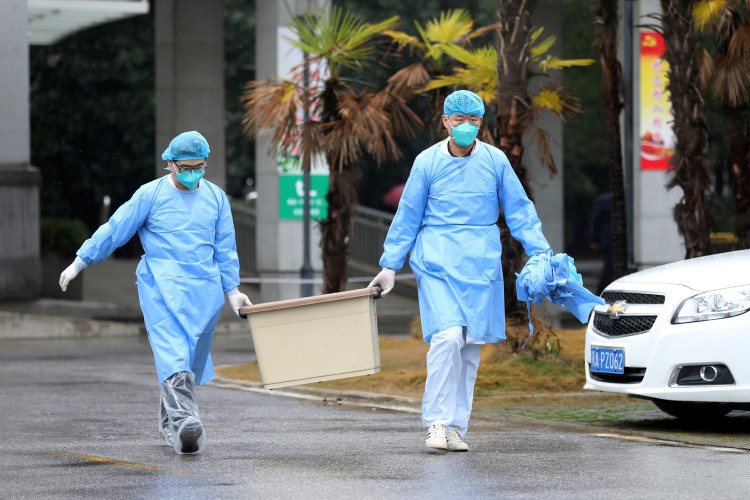Deaths in mainland China from the raging and rapidly spreading "Novel coronavirus (2019-nCoV)" on Wednesday jumped to 17 with 547 hospitalized due to the SARS-like virus only first encountered in late December 2019.
The total number of Chinese provincial-level administrative units reporting Novel coronavirus cases has increased to 24, according to reports from national and provincial health authorities. On the other hand, the worldwide number of Novel coronavirus cases currently stands at 555 persons, also as of Wednesday. China has 34 provincial-level administrative units: 23 provinces, 4 municipalities (including Beijing and Shanghai), 5 autonomous regions and 2 special administrative regions.
All the deaths so far are in Wuhan, the capital of Hubei province, where the outbreak originated at a market selling both slaughtered and live animals. The virus is also being called the Wuhan coronavirus. Hubei reported an additional 69 cases, including cases in Wuhan, on Wednesday.
Equally worrying for national health authorities out to prevent mass panic is news three more provinces, in addition to Hubei, on Wednesday reported more cases of Wuhan coronavirus infections. Hebei, Jiangsu and Heilongjiang provinces each confirmed their first coronavirus cases. Beijing reported an additional four cases.
The rapid rise in the number of fatalities and victims is alarming China's health authorities, which only on Tuesday announced the toll stood at seven dead and more than 270 persons in hospital from the disease. The accelerating spread of this still-mysterious illness forced Wuhan's city government on Wednesday to announce the suspension of all public transport in the city.
The ban affects long-distance buses, trains, subways and ferries and will start Thursday in an effort to curb the spread of the disease, which is now confirmed is being spread by human-to-human contact. Wuhan's airport and railway stations will also be "temporarily closed" for departing passengers and no reopening date has been announced. The city's health command center also urges residents not to leave Wuhan unless they have a "special reason." All these measures take effect 10:00 a.m. Wuhan time Thursday (9:00 p.m. ET Wednesday).
The advent of this virus also comes at the worst possible time. The annual celebration of the Chinese lunar New Year begins January 25 and hundreds of millions of Chinese will be on the move visiting their loved ones throughout China. This mass migration of travelers increases the chance the Novel coronavirus will spread out of control throughout China and claim thousands of victims.
In a statement on national TV, Li Bin, vice minister of the national health commission, warned the coronavirus virus is being spread mainly through respiratory transmission. He said the virus "is likely to mutate, which will increase the risk of the epidemic spreading. In addition, the spring festival travel rush will see a mass migration of people and that has objectively increased the risk of the epidemic spreading ... We must always be on high alert and never take this lightly."
National health authorities are warning the public to take all the necessary precautions such as wearing face masks and frequently washing their hands, but seem resigned to a massive spread of this new coronavirus for which there is no known cure.
On January 9, the World Health Organization (WHO) said a previously unknown type of coronavirus (CoV) is causing the outbreak in Wuhan. This family of viruses causes the common cold but was also responsible for the SARS and MERS epidemics that struck in 2002 and 2015, respectively. SARS killed more than 700 people worldwide.






